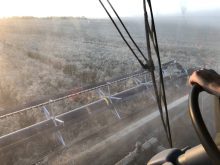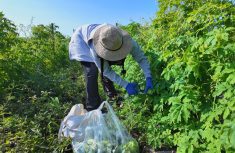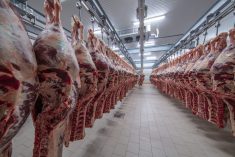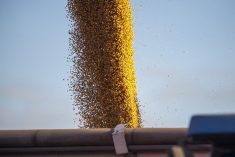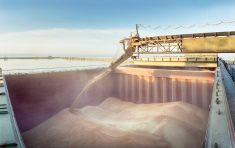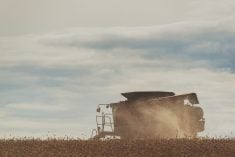Canadian cereal growers should be interested in a little known fungal toxin called ochratoxin A, says a baking industry representative.
Ochratoxin A (OTA) can contaminate grain stored in bins when moisture conditions and temperature encourage growth of the causal fungus, Penicillium verrucosum.
It may increase the risk of developing kidney and urinary tract cancer when concentrations reach high enough levels in cereal-based foods, such as bread and oatmeal. One exposure is extremely unlikely to cause cancer, but repeated consumption of cereal products with high OTA levels may amplify the risk.
Read Also
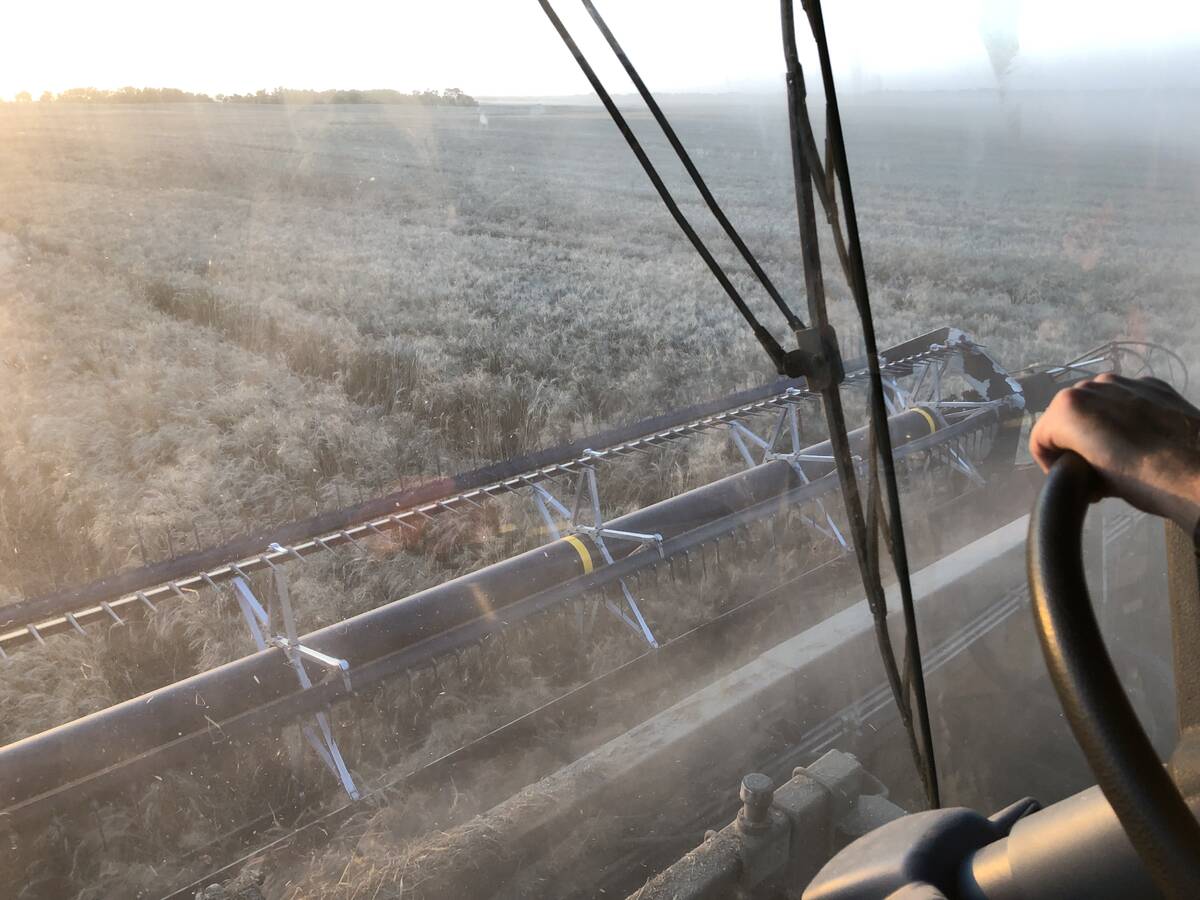
Mail strike disrupts grain sample delivery
The Canadian Grain Commission has asked farmers to consider delivering harvest samples directly to CGC offices, services centres or approved drop offs as Canada Post strike delays mail.
Canada’s farmers, milling companies and the food industry knew little about OTAs until 2008, when Health Canada proposed maximum limits for the naturally occurring toxin in breakfast cereals, baby food and other grain-based products.
Paul Hetherington, president of the Baking Association of Canada, said the milling industry and the Canadian Food Inspection Agency responded to the Health Canada proposal. They analyzed grain samples and conducted studies to understand the prevalence of OTAs in processed cereal food.
Results indicated that the mycotoxin is present in wheat and cereal food at levels well below proposed Health Canada levels and existing European standards of five parts per billion.
However, Hetherington said bakers and millers remain concerned about OTAs.
“We, collectively, have been dealing with mycotoxins since 2008,” he told the Western Canadian Wheat Growers Association annual meeting, which was held in Winnipeg Jan 7-9.
“(But) after six years of discussion … OTAs still remain a significant issue.”
Regulatory agencies are asking questions about OTA levels in flour and how baking firms plan to reduce the presence of OTAs in baked goods.
“How are you going to reduce the amount of mycotoxin in your product?” Hetherington said.
“Our simple response is we can’t…. This is an on-farm and transportation issue.”
He said the fungal toxin is worrisome because of the power of social media. Foodies, mommy bloggers and activists are scrutinizing the food industry like never before.
For example, if a mommy blogger was to type “mycotoxins” and “cancer” into Google, one of the top results would be a Food and Agricultural Organization website that says: “Mycotoxins are poisonous chemical compounds produced by certain fungi.… The presence of mycotoxins in grains and other staple foods and feedstuffs has serious implications for human and animal health.
Hetherington said millers, bakers and government agencies have taken action to understand OTAs, but Canadian farmers must do their part because the baking process doesn’t kill the mycotoxin.
Growers need to take steps to mitigate the on-farm development of OTAs, such as bin cleaning.
“(Maybe) new storage bins can be built with double walls, for insulation, so you don’t get mycotoxins occurring because of the temperature and moisture changes,” he said.
“Those type of practical steps … need to be communicated back down.”
A milling industry representative said a retired Canadian Grains Commission scientist and a North Carolina biologist studied the presence of OTAs in Canadian grain samples and prepared a report for the Canada Grains Council.
They took samples from three crop years and concluded in their report, published in 2014, that OTA is found in extremely low concentrations in unprocessed wheat and oats, well below the proposed Health Canada limit of five parts per billion.
As well, a CFIA study looked at concentrations in hundreds of processed food samples, such as breakfast cereal, beer, flour, cream of wheat and corn chips.
CFIA scientists determined that 99.2 percent of the samples had OTA levels below European standard of five parts per billion. As well, 67 percent of the samples didn’t have detectable levels of OTAs.
The CFIA and Canada Grains Council reports indicate that unprocessed grain and cereal food made from Canadian grain have low concentrations of OTAs and are not a health risk, the industry rep said.
David Miller, a Carleton University chemistry professor, said the risk to a consumer is exceptionally low if one random breakfast cereal exceeded the five p.p.b. threshold because the standard is highly conservative.
“The Europeans have had a guideline for ochratoxin A since 2006 … and it is ridiculously strict,” said Miller, a research chair in fungal toxins and allergens.
Michigan State research indicates that OTAs aren’t nearly as harmful to human health as previous studies suggest.
“The debate at the moment is … about a Health Canada proposal to put (in) a similar regulation to the Europeans in Canada,” said Miller.
“The U.S. FDA (Food and Drug Administration) currently has no interest to do that.”
However, Hetherington said science doesn’t dictate agricultural and food policies.
“I’m afraid it (science) doesn’t (matter) in the grand scheme of things,” he said.
“Food is emotional, it’s personal.”
Mommy bloggers and others have more influence than grain and milling industry reports, which is why farmers and the others in the value chain must take all necessary precautions to mitigate the OTA risk, he said.
“We’re in a new world and transparency is all the rage,” he said.
“With consumer interest nowadays and social media nowadays, smaller issues become big issues really, really quick.”
Ochratoxin A 101:
• Ochratoxin A (OTA) is a mycotoxin found in cereal grain, coffee, grapes and other products.
• It is produced by a fungi that grows when moisture and temperatures are sufficiently high.
• The signs of OTA are not visible on the grain, unlike fusarium head blight, which produces the mycotoxin deoxynivalenol, known as vomitoxin.
• OTA contamination can be prevented by keeping grain moisture content and temperatures low and aerating grain regularly.
• Health Canada doesn’t have a maximum limit for OTA, but Europe has a standard of five parts per billion.
Source: Canadian Grain Commission
Contact robert.arnason@producer.com



